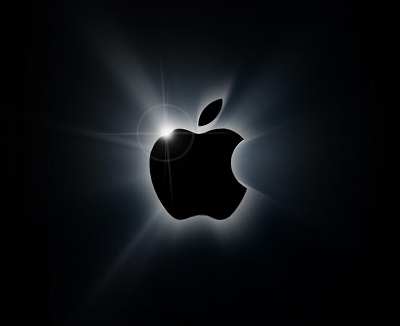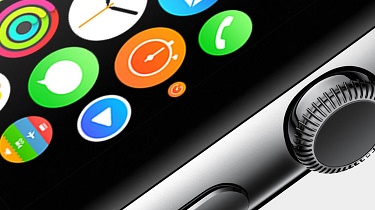Article written & contributed by Matt Press
www.splashcopywriters.co.uk

Apple has been the go-to brand for a lot of people for a long time. They create great products, have a pretty cool image and always seem to nail every marketing campaign. But actually, what they do is quite difficult. They have built an empire that’s based on a philosophy.
The philosophy in question revolves around a slick creative concept and a minimalistic approach to copy. These two elements combine to generate huge interest in their products. In fact, Apple execs have frequently described how the company goes into ‘marketing mode’ when a new device is nearing completion. During this phase of development, the customer experience suddenly becomes everything.
Take, for instance, the Apple Watch. Apple took something quite ordinary – a watch – and developed it with the aim of changing people’s perceptions of what a watch can do (and how it should be able to affect your normal, daily life).
But the thing is, there’s no point delivering a great product like the Apple Watch if you don’t communicate its USPs consistently and in an engaging tone. There are a number of other, broader tips that you can adopt too. The entire Apple brand offers a seamless experience for its customers. Research the Apple Watch on the Apple website and you’ll get the same feel from their product as you would from seeing their latest ad on a billboard. The consistency you get from paying attention to the small design and copy details does pay off.
A great brand must try to make a difference and must also display that intention through their image.
Competition is tough in almost every industry, so businesses should be laser-focused on developing a unique product or service (or a familiar product or service with a unique selling point), a brilliant user experience (both on your website and in any after-care), and then by illustrating how great you are through consistent messaging and a classy, effective brand image.
![matt press]](https://creativeutilities.wordpress.com/wp-content/uploads/2015/06/matt-press.jpg?w=300&h=300)
Matt Press is the founder, owner and Director of Splash Copywriters.
Phone: 07812 581297
Email: hello@splashcopywriters.co.uk
Follow Matt on Twitter @SplashCopy



